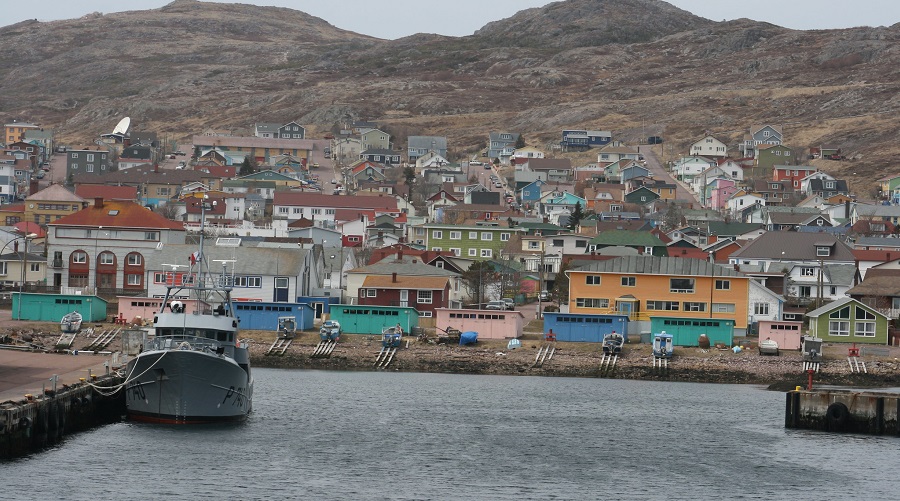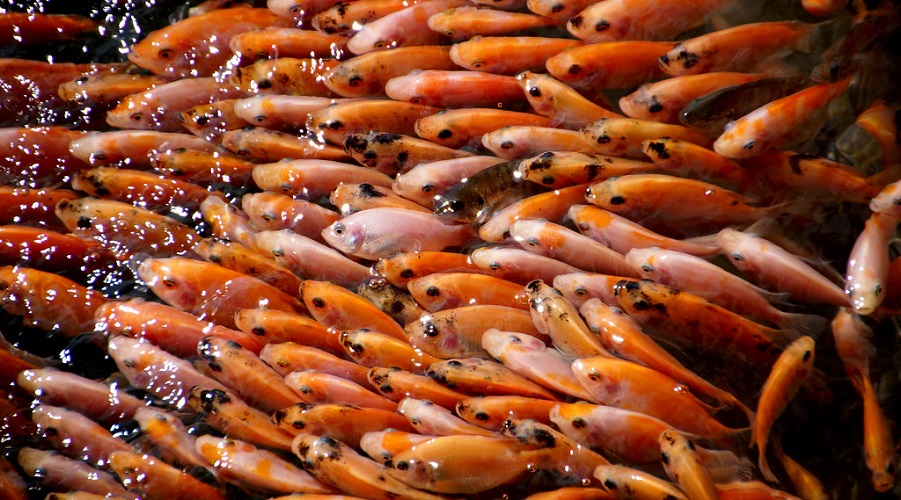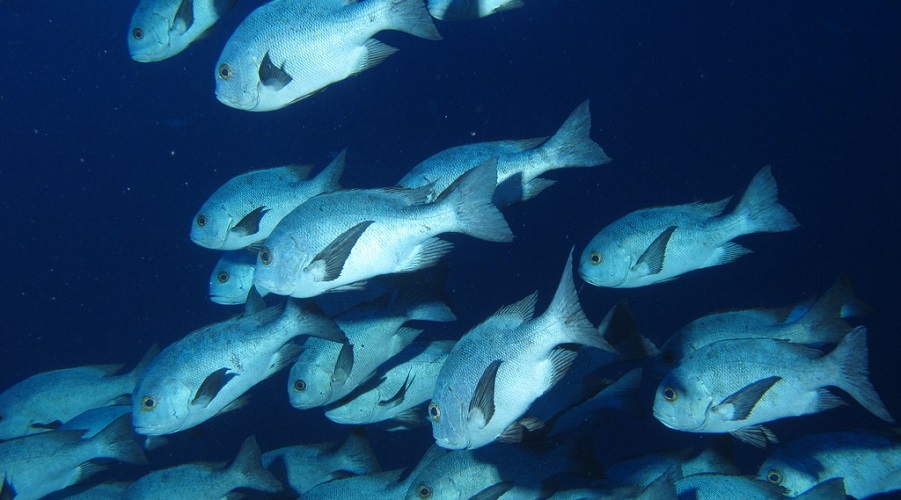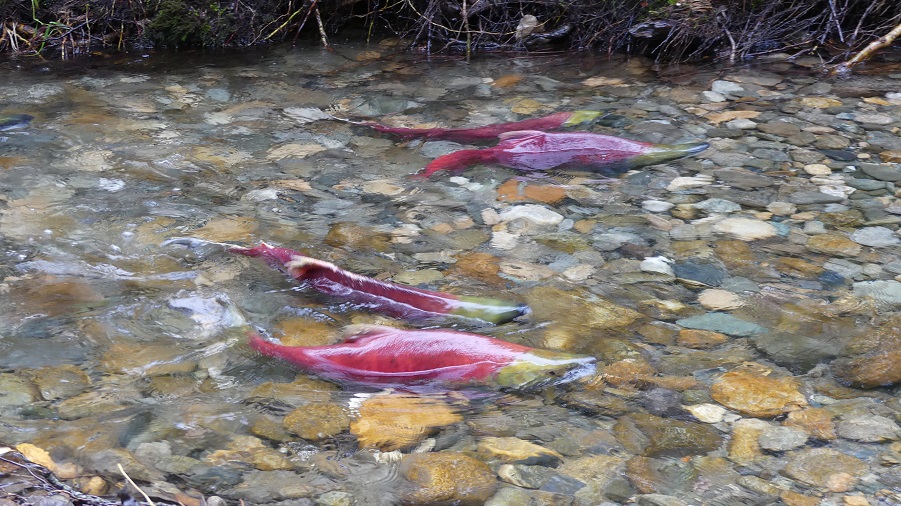
Saint Pierre and Miquelon. Photo by Ian Gratton, Flickr.
Cybium, the International Journal of Ichthyology, recently dedicated a full issue to the aquatic biodiversity and fisheries of Saint-Pierre and Miquelon (SPM), the last French territory in North America, located south-east of Newfoundland, and whose Exclusive Economic Zone (EEZ) is completely surrounded by the EEZ of Eastern Canada.





